Tools for Digital Design
Data is displayed for academic year: 2023./2024.
Lecturers
Course Description
Trends in development of complex digital systems. Digital design based on hardware description languages (HDL). Hierarchical design. Element and data flow modeling. HDL model; entity and architecture. System level design; behavioral model, test bench, register transfer level (RTL) model. Interface to the environment. Source code organization. Practical aspects of design using HDL. Design of combinational and sequential functions. HDL design of state machines. Design of digital signal processing systems. Implementation. Functional and timing simulation of gate level model. New generations of programmable logic devices (CPLD), arrays (FPGA) and systems (SoC). State of the art in technology of programmable devices, their configuration and verification. Intellectual property. Development systems and tools. Design example.
Study Programmes
University undergraduate
[FER3-EN] Computing - study
Elective Courses
(5. semester)
[FER3-EN] Electrical Engineering and Information Technology - study
Elective Courses
(5. semester)
Learning Outcomes
- describe system level design
- describe the architecture of CPLD, FPGA andSoC circuits
- employ a hardware description language (HDL)
- develop a digital system using hardware description language
- categorize the requirements set on a digital system
- assemble digital subsystems into a complete system
- analyze the data obtained by testing of digital systems
Forms of Teaching
Lectures
Lectures
Independent assignmentsIndividual tasks
LaboratoryLaboratory exercises
Grading Method
| Continuous Assessment | Exam | |||||
|---|---|---|---|---|---|---|
| Type | Threshold | Percent of Grade | Threshold | Percent of Grade | ||
| Laboratory Exercises | 0 % | 20 % | 0 % | 20 % | ||
| Mid Term Exam: Written | 0 % | 35 % | 0 % | |||
| Final Exam: Written | 0 % | 45 % | ||||
| Exam: Written | 50 % | 80 % | ||||
Comment:
The pass is acquired if minimum 50% is gained of the available score on the written part of the exam.
Week by Week Schedule
- Principles, System level design
- Language elements
- Behavioral model, Language elements
- Register transfer level (RTL) model, Language elements
- Language elements, Practical examples in VHDL and Verilog
- Code structure and organization, Practical examples in VHDL and Verilog
- Practical examples in VHDL and Verilog, Test bench, Functional simulation
- Midterm exam
- Measures of complexity, Implementation platforms ASICS, FPGA, CPLD
- Computer-aided design tools that process hardware and architectural representations, Implementation platforms ASICS, FPGA, CPLD
- Computer-aided design tools that process hardware and architectural representations, Generic and vendor agnostic design
- Practical examples in VHDL and Verilog, Timing simulation
- Computer-aided design tools that process hardware and architectural representations, Case study
- Case study, Formal verification of digital systems
- Final exam
Literature
M. Vučić, G. Molnar (2018.), Alati za razvoj digitalnih sustava - Materijali za predavanja I, FER-ZESOI
M. Vučić, G. Molnar (2009.), Alati za razvoj digitalnih sustava - Materijali za predavanja II, FER-ZESOI
M. Vučić, G. Molnar (2009.), Alati za razvoj digitalnih sustava - Materijali za predavanja III, FER-ZESOI
M. Butorac, G. Molnar, M. Vučić (2015.), Alati za razvoj digitalnih sustava - Upute za praktični rad I,
G. Molnar, M. Vučić (2009.), Alati za razvoj digitalnih sustava - Upute za praktični rad II, FER-ZESOI
P. J. Ashenden (2008.), The Designer's Guide to VHDL, Morgan Kaufmann Publishers
L. H. Crockett, R. A. Elliot, M. A. Enderwitz, R. W. Stewart (2014.), The Zynq Book - Embedded Processing with the ARM Cortex-A9 on the Xilinx Zynq-7000 All Programmable SoC, Strathclyde Academic Media
For students
General
ID 223328
Winter semester
5 ECTS
L0 English Level
L1 e-Learning
30 Lectures
0 Seminar
0 Exercises
12 Laboratory exercises
0 Project laboratory
0 Physical education excercises
Grading System
88 Excellent
75 Very Good
62 Good
50 Sufficient


 Pristupačnost
Pristupačnost